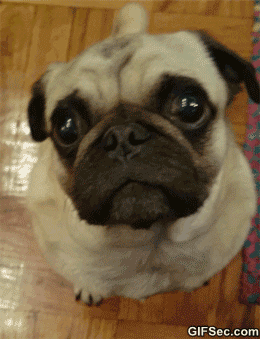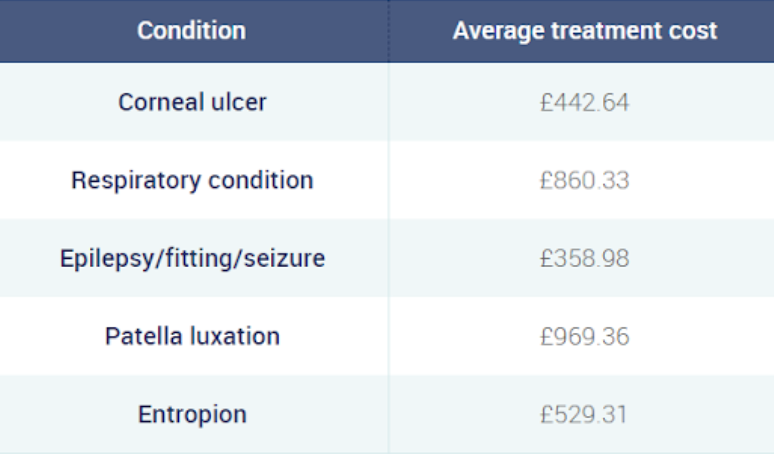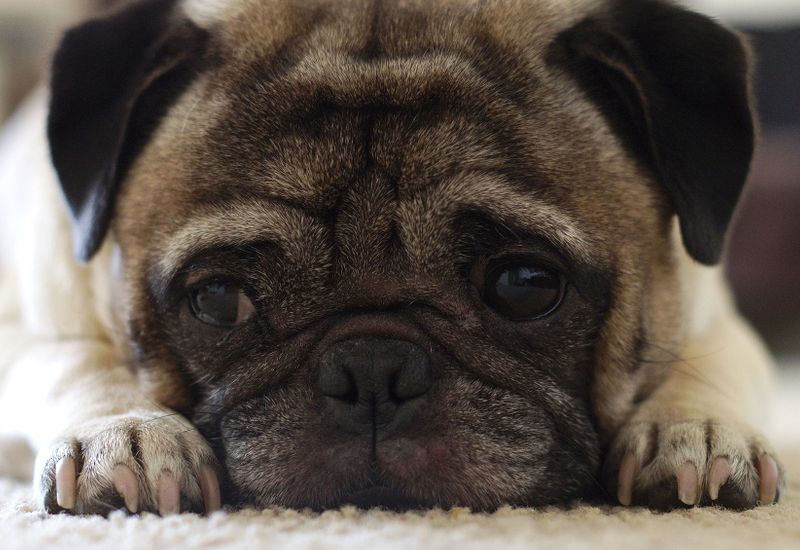Pugs. Those little, squishy, furry bundles of doggy love sure are cute… but their increase in popularity over the internet and in merchandise might be causing more harm than good.

Selective breeding has been around for centuries; it’s why Whippets are such fast runners and Beagles always have their nose to the ground tracking scents. But selective breeding also causes a great deal of issues for some dog breeds, particularly in ‘brachycephalic’ (which means flat-nosed to us peasants) breeds such as Bulldogs, Pekinese, Shih Tzus and of course… Pugs.
Pugs are known for their snub, short faces and large, bulging eyes which do, undeniably, grant them a unique and very cute appearance. However, this causes a great deal of health issues for the breed. Brachycephalic obstructive airway syndrome (or ‘BOAS’ for short) is the most common health issue that many hundreds and thousands of pugs and their owners will end up facing as a result of their own failing physiology. BOAS means the tissue becoming crammed in a dog’s skull due to the shortening of the muzzle, which blocks the airway making it difficult for the dog to breathe.
Despite this, Pugs are becoming ever more popular. Their appearances on marketing campaigns for popular brands and merchandise can be seen nearly everywhere. Pugs have become especially large on the internet, in the form of cute and funny gifs, vines and memes.
To top it all off, there is even a film that came out at the end of June starring a pug as it’s main character. All of this publicity has seemed to lead to the rise of a ‘Pug-cult’, fuelled by social media and fashion; the Instagram tag, #Pugsofinstagram, has nearly 7 million posts alone! The problem with the Pug’s appearances in the media and on merchandise has raised so much concern that in back in February this year, the British Veterinary Association urged the card industry to avoid featuring Pugs. It stated that the popular use of the Pug’s image is ‘normalising’ the short nose and bulging eyes that actually cause the animals a great deal of pain.

So, what does this mean for our little short-nosed friends? Sadly, this surge in popularity sees an equally large surge in buyers for the breed, but not necessarily in awareness of the multitude of health issue that these poor dogs face. As a result, many of these owners are unaware of their new pets’ suffering AND may suffer themselves under the extortionate vet bills required to keep them alive and comfortable.

Source:Tesco Pet Insurance’s quotes for the prices of the top five conditions claimed for by Tesco Pet Insurance customers for pugs in 2016
In addition, the breed’s popularity fuels a large demand for Pug puppies, meaning dog breeders will continue to produce many of these animals, sometimes encouraging in-breeding in order to maintain their pedigree status which only worsens the poor health condition of the dogs.
So what can we do? Firstly, mindful use of the Pug’s image is important. Yes, these little guys are adorable and fun, but it’s also important to think about the impact that your own choices and actions make on them. The popularisation and normalisation of these animals is the primary cause for the continued exploitation of these creatures, which means that more and more puppies are being born with severe deformations that cause them long-term, painful, and sometimes fatal illnesses.
Of course, there is no easy solution to this problem; I am NOT demanding the euthanasia of all brachycephalic animals, nor am I attacking their owners, many of whom are caring and responsible individuals that want nothing but the best for their pets. However, it is vital that more awareness of the links between popular breeds like pugs and the debilitating conditions such as BOAS they are so prone to.
Potential buyers and owners must be informed of the health risks involved in taking on such a dog which might encourage them to pick an alternative breed, or be incredibly careful of where their animal is from and considerate of the appropriate care they demand.
To learn more about the issues associated with short-nosed animals, you can visit sites like these:
Prospective student? We want to hear from you! Join the Student Hut Forum and earn £s by taking surveys.













